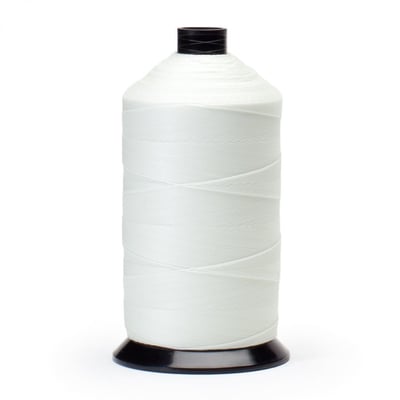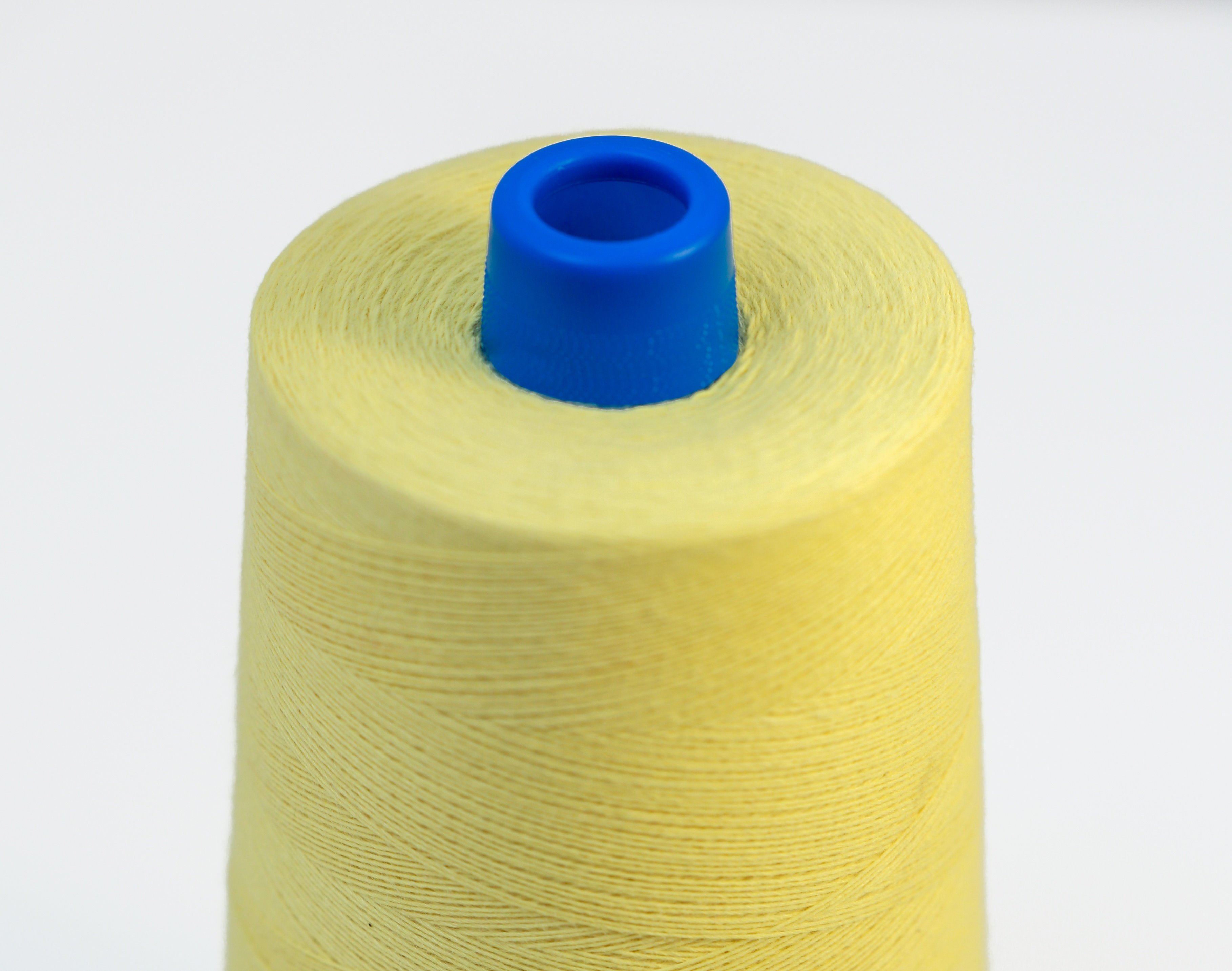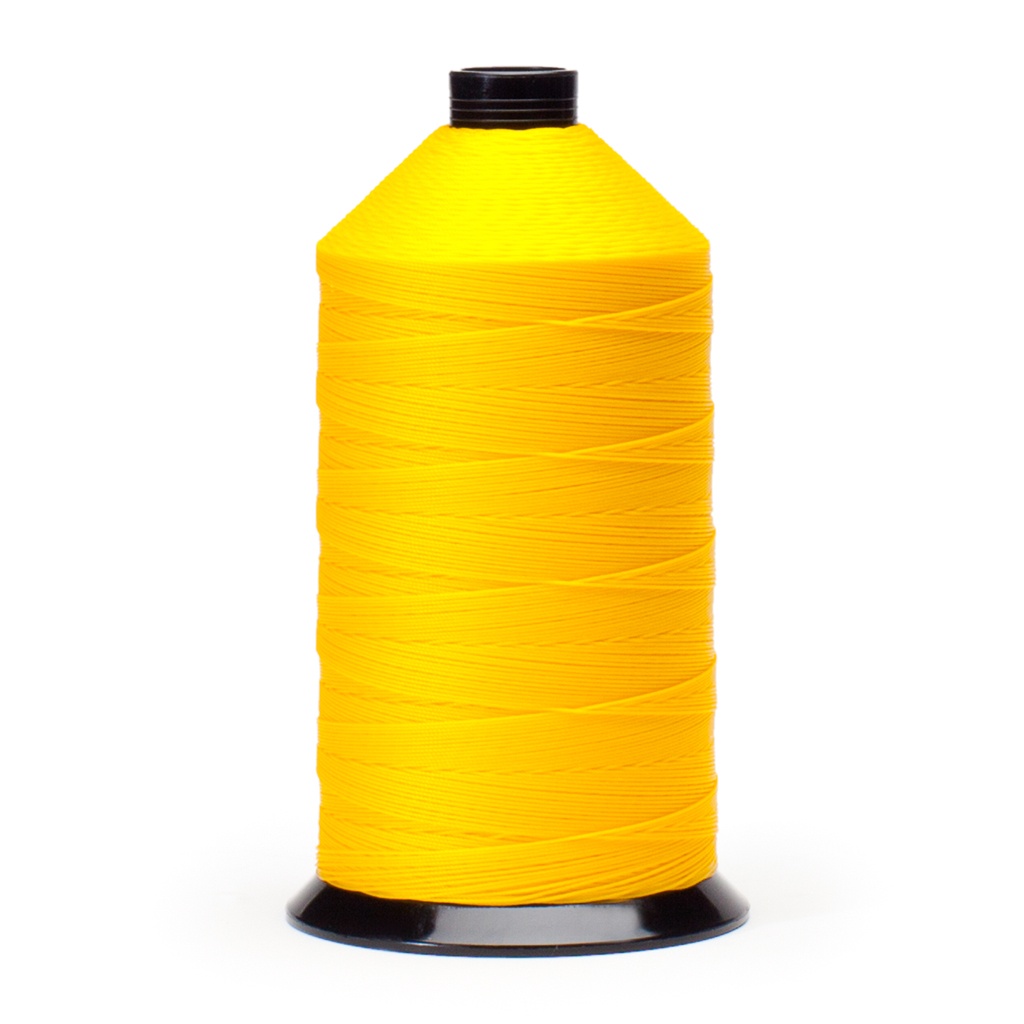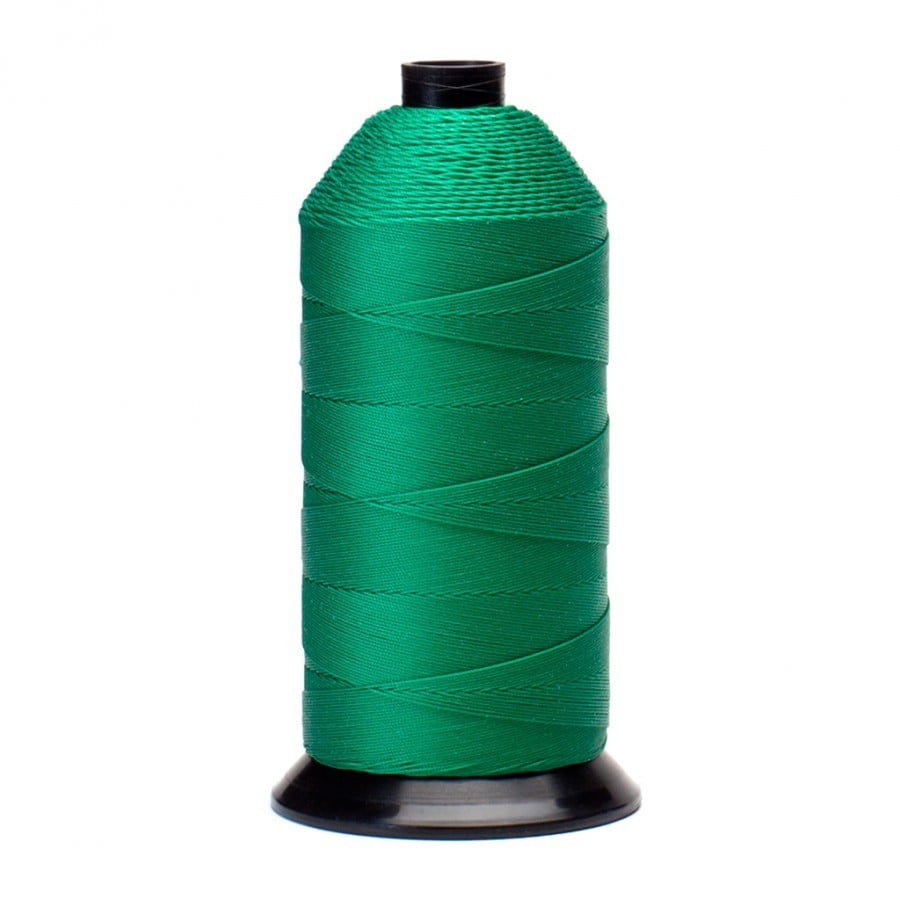The Berry Amendment was passed in 1941 to promote the use of U.S.-sourced materials in military uses. It primarily covers tools, food, and textiles for use at home and abroad in military operations. The amendment outlines specific rules that govern how these goods are produced.
Read moreUnderstanding the Berry Amendment and its Exceptions Related to Textiles and Sewing
- By Steve Zande
- 04/08/19
- Military Specifications, Specifications
- 0 Comments
- By Steve Zande
- 09/14/18
- 0 Comments
Typically Mil Spec sewing thread standards are long and divided into several sections. They define physical characteristics of thread and are a good reference point for manufacturers however, they can be confusing and its important to understand the basics. Here is a quick guide to the 8 page standard, A-A-55195 (formerly MIL-T-44100) spun para-aramid sewing threads.
Read morePara-aramid yarns and sewing threads like Kevlar®, Twaron, Technora, and Heracron are widely used in aerospace, industrial and military applications where high strength, high flame and melt resistance, and low creep and elongation are desired.
With obvious uses in military applications, the U.S. Department of Defense developed a set of standards in 1978, MIL-T-87128, to describe the physical and operational characteristics for para-aramid, intermediate modulus thread used for machine and hand sewing.
Read more- By Jay Todd
- 08/11/14
- 5 Comments
Mil Spec or Military Standard sewing threads are typically made in the USA and created to meet certain basic quality standards. Mil-Spec standards have been adopted by many industrial thread users in the US. Nylon is one of the most widely used thread fiber materials used in heavy duty industrial sewing applications. Let’s take a look at A-A-59826, the United States Department of Defense product standard for nylon thread to be used in machine sewing and hand sewing. You can find the complete standard here, so I’ll focus on Types I, II, and III here, since these are the most widely used for industrial machine sewing.
Read more- By Jay Todd
- 08/08/14
- 0 Comments

Customers often ask for thread that meets Mil Specs. These specifications or standards are often used by other government organizations and industries, so it is important to understand the basics of the standard. Here’s a summary of MIL-DTL-32072 the United States Department of Defense product standard for multifilament polyester thread to be used in machine sewing. The standard outlines minimum product physical specifications and is divided into several sections in the 17 page standard.
Read more- By Eric Shippee
- 08/24/12
- 0 Comments

Have you ever needed more of a specific material, but weren’t sure what it was made of? There is a very simple test that anyone can perform to identify which fibers are in a material in mere seconds. All it takes is a sample of yarn…and a little fire.
Read moreUnderstanding the Berry Amendment and its Exceptions Related to Textiles and Sewing
- By Steve Zande
- 04/08/19
- Military Specifications, Specifications
- 0 Comments
The Berry Amendment was passed in 1941 to promote the use of U.S.-sourced materials in military uses. It primarily covers tools, food, and textiles for use at home and abroad in military operations. The amendment outlines specific rules that govern how these goods are produced.
Read moreOlder Posts
Typically Mil Spec sewing thread standards are long and divided into several sections. They define physical characteristics of thread and are a good reference point for manufacturers however, they can be confusing and its important to understand the basics. Here is a quick guide to the 8 page standard, A-A-55195 (formerly MIL-T-44100) spun para-aramid sewing threads.
Read morePara-aramid yarns and sewing threads like Kevlar®, Twaron, Technora, and Heracron are widely used in aerospace, industrial and military applications where high strength, high flame and melt resistance, and low creep and elongation are desired.
With obvious uses in military applications, the U.S. Department of Defense developed a set of standards in 1978, MIL-T-87128, to describe the physical and operational characteristics for para-aramid, intermediate modulus thread used for machine and hand sewing.
Read moreMil Spec or Military Standard sewing threads are typically made in the USA and created to meet certain basic quality standards. Mil-Spec standards have been adopted by many industrial thread users in the US. Nylon is one of the most widely used thread fiber materials used in heavy duty industrial sewing applications. Let’s take a look at A-A-59826, the United States Department of Defense product standard for nylon thread to be used in machine sewing and hand sewing. You can find the complete standard here, so I’ll focus on Types I, II, and III here, since these are the most widely used for industrial machine sewing.
Read more
Customers often ask for thread that meets Mil Specs. These specifications or standards are often used by other government organizations and industries, so it is important to understand the basics of the standard. Here’s a summary of MIL-DTL-32072 the United States Department of Defense product standard for multifilament polyester thread to be used in machine sewing. The standard outlines minimum product physical specifications and is divided into several sections in the 17 page standard.
Read more
Have you ever needed more of a specific material, but weren’t sure what it was made of? There is a very simple test that anyone can perform to identify which fibers are in a material in mere seconds. All it takes is a sample of yarn…and a little fire.
Read more



